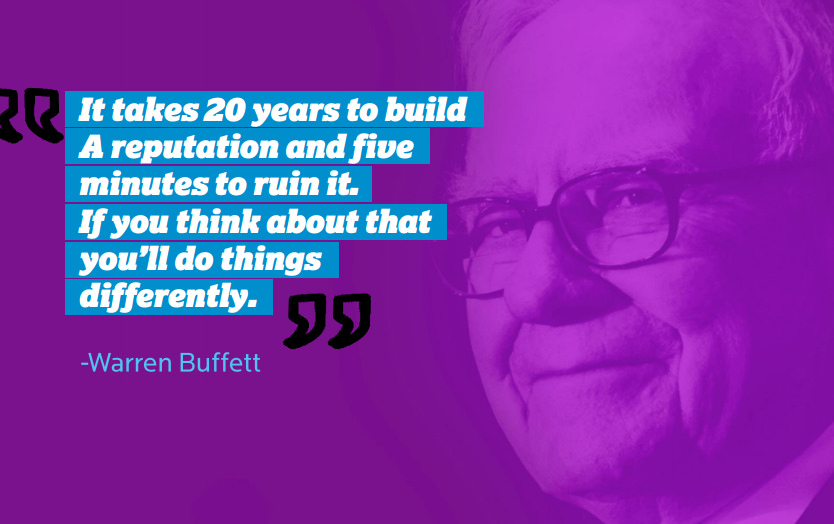
To say the COVID-19 pandemic has been a test for businesses would be an understatement. Throughout the course of the past 12 months, businesses have been forced to make serious adjustments to their day-to-day operations. Digital-savvy companies might have found this easier than most, but even those at the cutting edge will have found themselves scrambling to re-assess their expectations just to stay in business. There will no doubt be start-ups out there that have actually benefited from the crisis, but for every success story there will be countless start-ups and young businesses still struggling to adapt to the so-called ‘new normal’ in which we find ourselves.
However, despite all of the uncertainty, there are several things that young, innovative businesses can do to increase their resilience and weather the COVID storm. Some of these ‘coping’ strategies are fairly obvious, such as securing financial support packages such as bounce back loans, future funds and innovation grants. Staffing policies such as hiring freezes and the furloughing of surplus staff will also have been a necessary measure taken by many businesses. Some may have even introduced pay cuts which, so long as they’re top-down and impact managers as much as – if not more than – those lower down the ranks, is a sensible but hopefully temporary move. The last tool in the arsenal of most young businesses will be the slashing of overheads to reduce costs – the elephant in the room during the pandemic being unused office space which can save significantly in rental fees.
Less obvious strategies for ensuring growth
The above techniques are a good start, but what about less obvious strategies for navigating through the pandemic? Faced with a downturn in business, the above ideas may not be sufficient to ensure business survival. And many business leaders won’t just be looking to survive but continue their growth throughout the crisis. Forward looking business leaders should be looking at adopting a combination of light-handed and more aggressive tactics, in the right place and at the right time, to ensure their survival. These tactics fall into two categories – cost and revenue – which we look at in more detail below.
Tactics to ensure revenue growth
Revenue is like oxygen for businesses. Go too long without it, and your business will become weak and eventually fade away. Your first move as a business owner during a time of crisis should therefore be securing revenue and cashflow. Start by removing all friction, making it easier for your customers and clients to engage with you however they wish. For example, remove upfront fees or setup fees where possible to simplify customer acquisition, and curtail long-term commitments that might delay sign-off. Remember that your customers are most likely in the same boat you are and looking to make cost reductions, so treat them with care and double down on customer service offering whatever help you can to make their lives easier and make your services indispensable. Finally, while trying to get money into the business might be your number one objective, the best way of achieving this might be to offer some flexibility to your customers – far better to wait for a late payment than lose the business altogether.
There are things outside of the day to day that could help businesses maintain or build revenue too. Consider diversifying your business and embracing new channels for marketing and distribution. Offer a unique service that responds directly to the events of the pandemic, such as additional customer support. Your messaging should also adapt to fit this new narrative, reminding customers and prospects that you’re very much open for business and willing to help and flex to help keep them on track too.
Tactics to effectively reduce costs
Top line revenue isn’t the only factor when it comes to business sustainability. Businesses that don’t keep a close eye on their expenses and take advantage of every possible reduction are both increasing their viability risk as well as limiting their potential to re-invest in growth. Your first course of action should be to start the clock on all notice periods for any suppliers or facilities irrespective of whether you know you’re going to need the service or not during the pandemic period. These contracts can have 3-6 months’ notice periods, so starting the clock should be number one on your list of priorities. Of course, if things shift positively and you want to re-engage these firms, it only takes a minute to reverse the decision.
For any suppliers or facilities that you know you’re going to need, take the opportunity to renegotiate terms, particularly if the contract period is nearly up. Remember, commercial landlords and countless suppliers are going to be worried about their revenue too and will want to gain some security about your future business. For instance, if you know you’re going to be using a particular service in the long term, offer a contract extension in lieu of a reduction in current pricing. Far better for a service provider to keep you at a reduced rate than to try and attract a new customer in the current economic environment.
Staffing is another area where cost reductions can be made. It’s never easy, but with the changing work environment and rapid fluctuations in customer demand for services, you may find that you have to let some non-core staff go. The job market has also been flooded with candidates, particularly those with digital skills so if you are hiring staffyou may be able to enlist the help of interns and remote workers at a reduced rate.
Risk management
As well as controlling revenue and costs, now is a very pertinent time for businesses to review their risk management strategy. With the working landscaping changing so rapidly, businesses are vulnerable to all manner of threats, from cyberattacks and supply-chain disruption, to force majeure clauses or flaky contracts that could leave your business exposed. Carry out thorough risk assessments and learn your business’ vulnerabilities inside out so you can start building toward a stronger, more resilient future.
With vaccines now being rolled out at a rapid rate, the COVID-19 pandemic will hopefully soon be behind us. By taking some of the steps outlined above, businesses can not only ensure their survival throughout the crisis but build for a more profitable future. One thing’s for sure, businesses that make it through the pandemic will be stronger and wiser as a result – make sure you’re one of them.
Chirag is the Founder and Chairman of Simfoni a leader in spend management. The global company has offices in USA, Europe, Australia and Middle East. Its AI-powered intelligence solution and on-demand platform empowers procurement and finance teams to achieve rapid savings and support supply-chain sustainability with automated procurement.







 Sainsbury Management Fellow, Perses Sethna- Director of Business Change Services at PRT Partners: Perses is a Chartered Engineer, Fellow of the Institution of Engineering & Technology, SMF and INSEAD MBA. He has held change leadership positions throughout his career at BT plc, Dixons Carphone Group and most recently his own business change consultancy PRT Partners Ltd.
Sainsbury Management Fellow, Perses Sethna- Director of Business Change Services at PRT Partners: Perses is a Chartered Engineer, Fellow of the Institution of Engineering & Technology, SMF and INSEAD MBA. He has held change leadership positions throughout his career at BT plc, Dixons Carphone Group and most recently his own business change consultancy PRT Partners Ltd.




